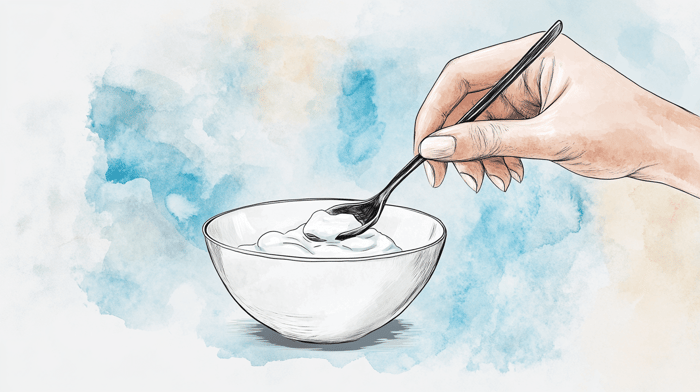Many conditions can cause vaginal inflammation, resulting in itching, burning, abnormal discharge, and foul odor. While bacterial vaginosis and yeast infections are often confused, they differ significantly in their causes, symptoms, treatments, and prevention.
Bacterial vaginosis (BV) is caused by an imbalance in the vaginal flora due to bacteria overgrowth, while yeast infections are commonly attributed to the fungus Candida albicans.
Many women mistakenly think both conditions require antifungal treatments, but yeast infections are easily treated with over-the-counter products. BV, on the other hand, can be mistaken for sexually transmitted infections (STIs) like gonorrhea, though it does not cause pelvic inflammatory diseases.
What Are Yeast Infections and Bacterial Vaginosis?
Bacterial vaginosis is caused by an overgrowth of harmful bacteria in the vagina. While BV does not usually impact a woman’s overall health, it can cause discomfort. BV is more common in women who have unprotected sex, wear tight or synthetic undergarments, or use scented soaps and body washes.
Yeast Infection
Yeast infections occur when there is an overgrowth of fungi, usually Candida albicans. Though not sexually transmitted infections, untreated yeast infections can lead to complications. Women with BV are at greater risk of developing yeast infections.
Symptoms of Bacterial Vaginosis vs. Yeast Infection
Although BV and yeast infection symptoms can overlap, specific signs may help you determine which condition is affecting your vaginal health.
Bacterial Vaginosis
BV symptoms are often similar to those of sexually transmitted infections like chlamydia or gonorrhea. Common symptoms include:
- Vaginal burning caused by changes in pH levels
- Lower abdominal muscle pain
- Lower back pain during menstruation
- Cloudy, grey, or white thin discharge
- Fishy odor, especially noticeable during intercourse
- Occasional vaginal itching (though not always present)
Yeast Infection
While yeast infections can be asymptomatic, common symptoms include:
- Vaginal itching and irritation
- Burning sensation in the vaginal opening
- Pain during sexual intercourse
- Dull ache in the lower abdomen or back, intensifying during menstruation
- Thick, white discharge resembling cottage cheese
Causes and Risk Factors
Bacterial Vaginosis
BV is caused by an imbalance of bacteria in the vagina. Risk factors include:
- Douching
- Unprotected sex
- Multiple sexual partners
- Using certain feminine hygiene products
- Weakened immune system
- Antibiotic use
Though BV is not typically harmful, if left untreated, it can spread and cause pelvic inflammatory disease (PID).
Yeast Infection
A yeast infection occurs when there is an overgrowth of yeast in the vagina. Risk factors include:
- Antibiotic use
- Birth control pills
- Diabetes
- Weakened immune system (e.g., HIV/AIDS, cancer treatments)
Treatment Options
Bacterial Vaginosis
Though not curable, BV can be treated with antibiotics or home remedies. Standard treatments include:
- A seven-day course of antibiotics, either orally or applied vaginally
- Prescription vaginal gels or creams, such as metronidazole or clindamycin
Yeast Infection
Yeast infections are typically treated with antifungal creams or suppositories. Over-the-counter medications like clotrimazole or miconazole are effective, and plain yogurt can be used as a natural remedy.
How to Tell the Difference Between BV and a Yeast Infection
Distinguishing between BV and a yeast infection can be difficult, but here are some key differences:
- Bacterial Vaginosis: Has a fishy odor, causes burning, and may include thin discharge.
- Yeast Infection: No distinct odor, but causes itching, irritation, and thick, white discharge.
If you are unsure, consult a healthcare provider for an accurate diagnosis.
Does BV Go Away on Its Own?
BV can go away on its own within three months, but antibiotics are often needed. If you have recurring infections, consult your doctor to rule out underlying health issues.
Conclusion
While BV and yeast infections share some symptoms, distinguishing between them is essential for proper treatment. Consult your healthcare provider if you experience persistent symptoms to avoid further complications.
Both conditions can increase the risk of more serious health issues if left untreated, so timely diagnosis and treatment are critical for your well-being.










